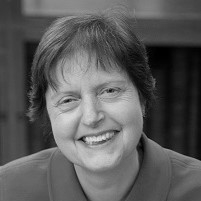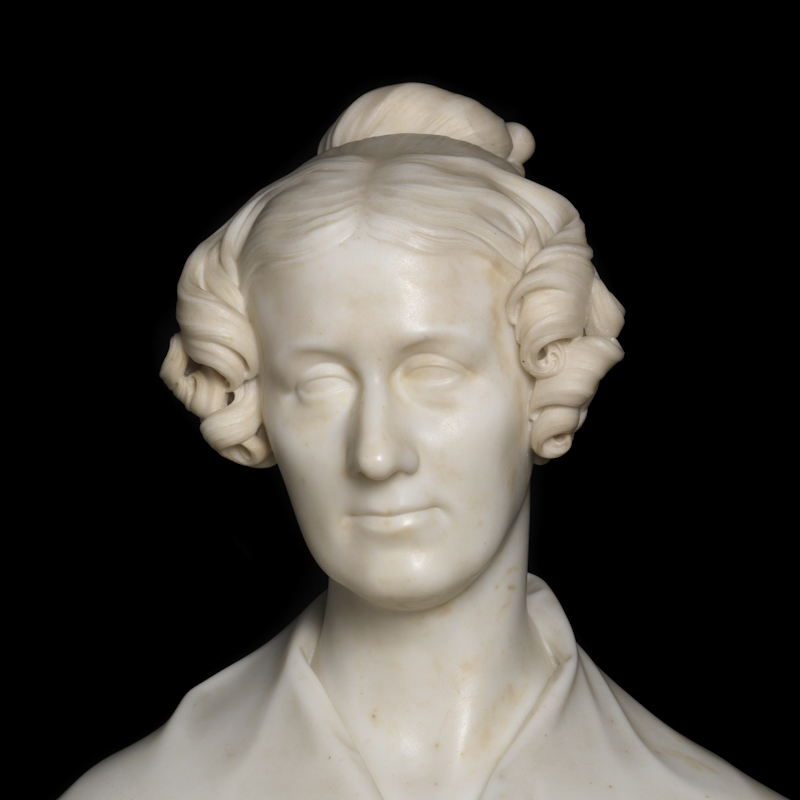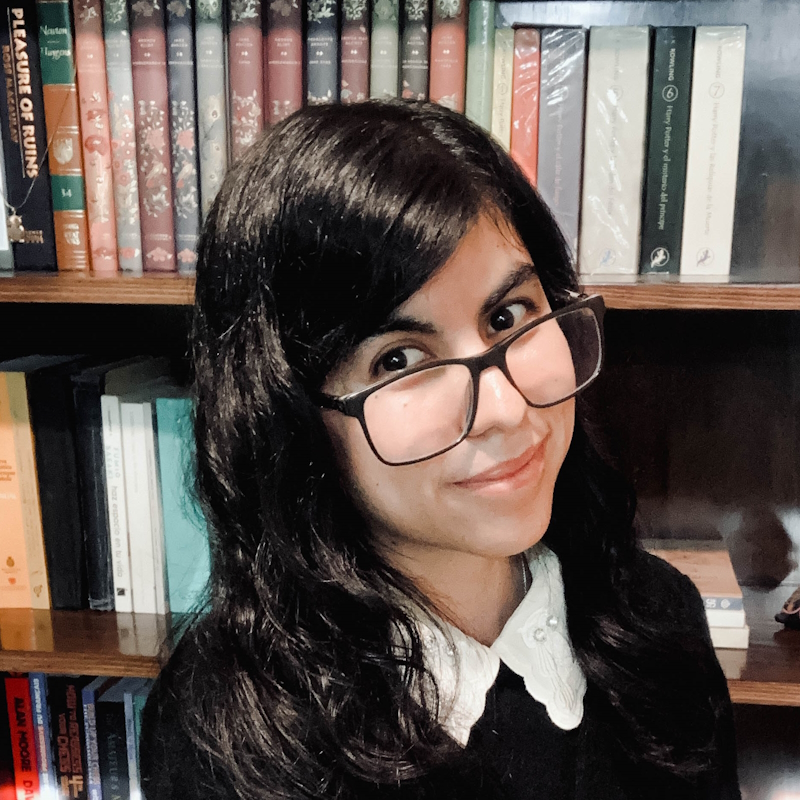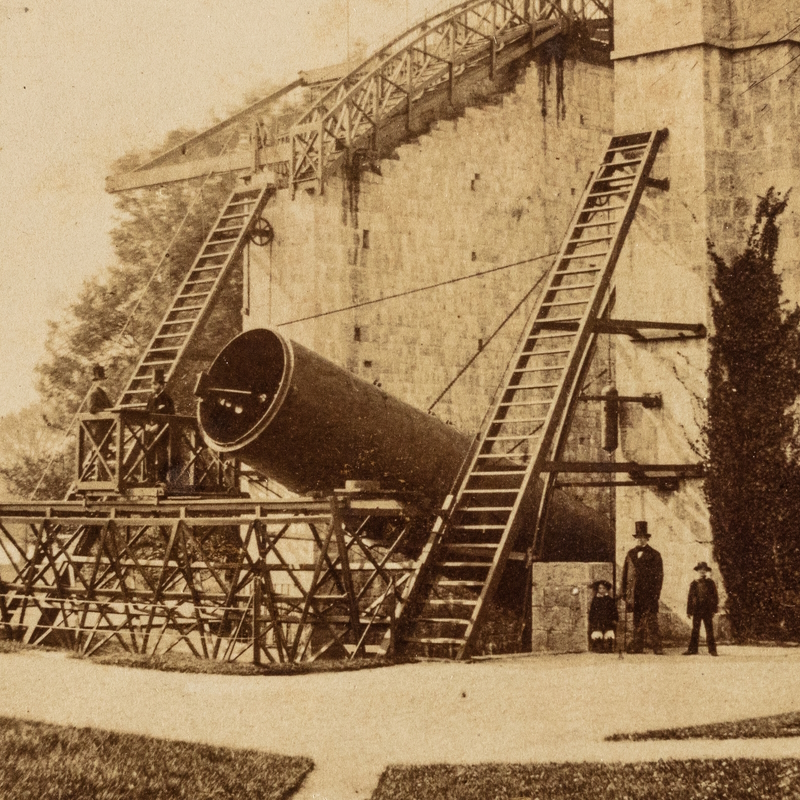To mark International Women’s Day, Dr Stella Butler celebrates the achievements of the first women scientists elected to the Fellowship of the Royal Society – and some of those who just missed out.

The year 1945 saw a long-awaited milestone for women scientists. In spring the Royal Society announced the election to its Fellowship of two women, crystallographer Kathleen Lonsdale and biochemist Marjory Stephenson.
By the end of December, nominations had been submitted for another four women: botanist Agnes Arber, mathematician Mary Cartwright, crystallographer Dorothy Hodgkin, and Dorothy Needham, a biochemist. The Fellowship ballot of 1946 also included two zoologists, Muriel Robertson and Sidnie Manton, whose nominations had been confirmed by the end of 1944. However, only Arber was elected in 1946. Cartwright, Hodgkin and Robertson joined the ranks of Fellows in 1947, Needham and Manton the following year. Thus in four years, eight women were elected FRS alongside 88 men. No further women were elected until 1952; 75 men were.
Several of these first women Fellows had made significant contributions to the Second World War effort. In 1939, as war seemed inevitable, the Royal Society had coordinated on behalf of government a register of scientists, advising also on their deployment. Muriel Robertson was asked to focus on infection. She had worked on bacterial gas gangrene in the First World War; this time, instead of an anti-toxin, she helped develop vaccines.
In 1942, Dorothy Hodgkin became involved in penicillin research at the University of Oxford. In 1945, using crystallographic techniques, she was able to confirm the three-dimensional structure of this complex molecule. She received the Nobel Prize in Chemistry in 1964.
 Dorothy Hodgkin, 1969. RS.6422 ©Godfrey Argent Studio.
Dorothy Hodgkin, 1969. RS.6422 ©Godfrey Argent Studio.
Chemical warfare agents were also an area of intense concern. Dorothy Needham joined Malcolm Dixon’s group at Cambridge to work on the action of mustard gas on skin and other body tissues, in a project funded by the Ministry of Supply.
In 1938, the Radio Research Board had run into problems developing thermionic valves, crucial to both radio communications and radar. The mathematician Mary Cartwright volunteered to help, working with J E Littlewood on non-linear differential equations. Their ideas later proved influential in the development of chaos theory.
For Marjory Stephenson and Agnes Arber, Royal Society Fellowship came late in their scientific careers. By the time of her election, Stephenson had been a key member of Frederick Gowland Hopkins’s Cambridge team for over a quarter of a century. It was the most important biochemical laboratory anywhere in the world. Her seminal textbook Bacterial metabolism, first published in 1930, was just about to go into its third edition. Arber, meanwhile, had written her first paper in 1902 and her first book in 1912. She had been a Fellow of the Linnean Society since 1908. Her Royal Society Fellowship citation noted that her botanical work ‘is marked by a combination of exact observation, penetrating judgement, profound scholarship and artistic skill’.
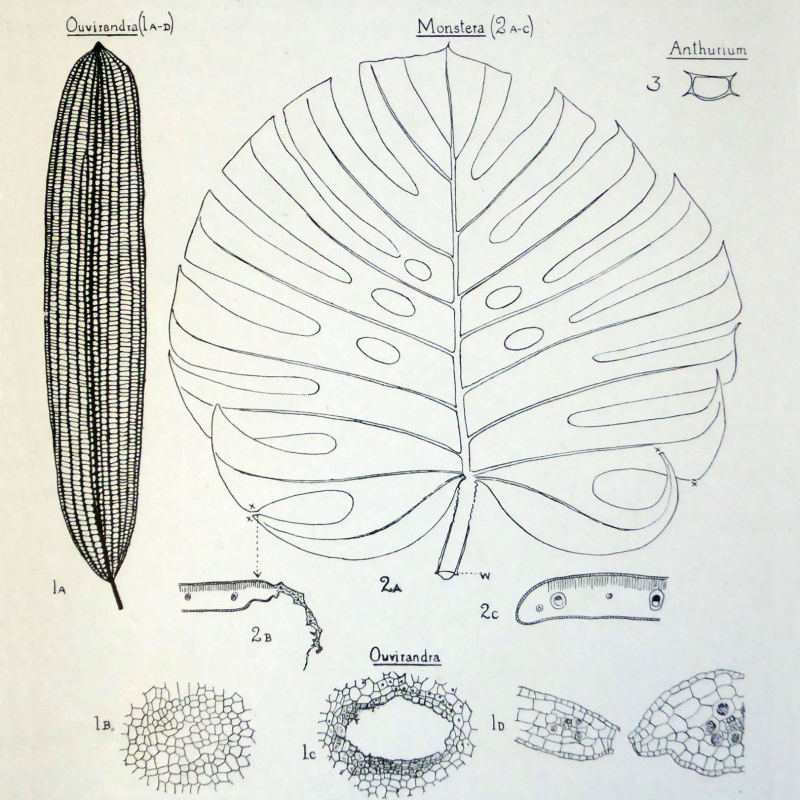 Agnes Arber was a talented artist. These line drawings of the leaves of a Swiss cheese plant are from her book Monocotyledons: a morphological study (1925).
Agnes Arber was a talented artist. These line drawings of the leaves of a Swiss cheese plant are from her book Monocotyledons: a morphological study (1925).
Several other women scientists had achieved considerable distinction and seniority by the 1930s, but nevertheless couldn’t crack the ‘glass ceiling’ that Fellowship of the Royal Society represented. In 1932 Harriette Chick (1875-1977) was appointed CBE for her pioneering work on nutrition. Her studies on rickets in the 1920s had not only saved lives but also, importantly, helped make the connection between diet and specific diseases. She played a key role in establishing the discipline of nutritional science and was nominated as a candidate for Fellowship, but wasn’t elected.
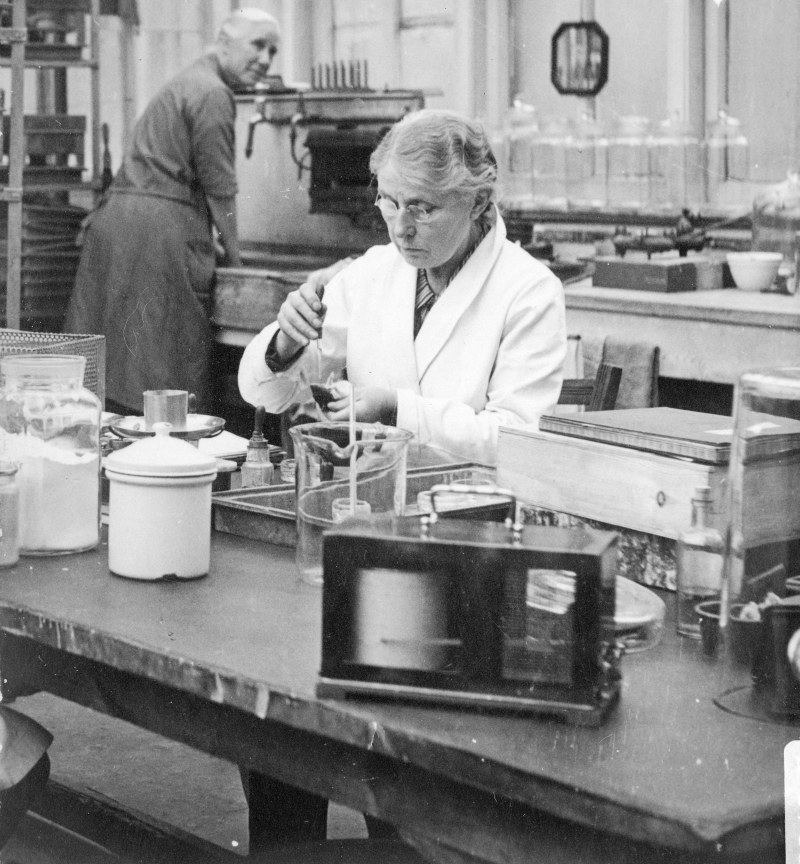 Harriette Chick at the laboratory bench in the 1930s. Wellcome Images via Wikimedia Commons.
Harriette Chick at the laboratory bench in the 1930s. Wellcome Images via Wikimedia Commons.
Dorothy Wrinch (1894-1976) authored 42 papers on classical mathematics between 1919 and 1929, and at the end of this ten-year period became the first woman to receive a DSc from the University of Oxford. In the 1930s she became interested in how mathematics could reveal pattern in nature, particularly biochemical structures. Wrinch’s strong claim to Fellowship, and the possibility of electing several other women scientists, were discussed in correspondence between J B S Haldane and Royal Society Biological Secretary A V Hill in April 1943. Although Wrinch exhibited her models of protein molecules at a Royal Society conversazione in 1937, she was never nominated.
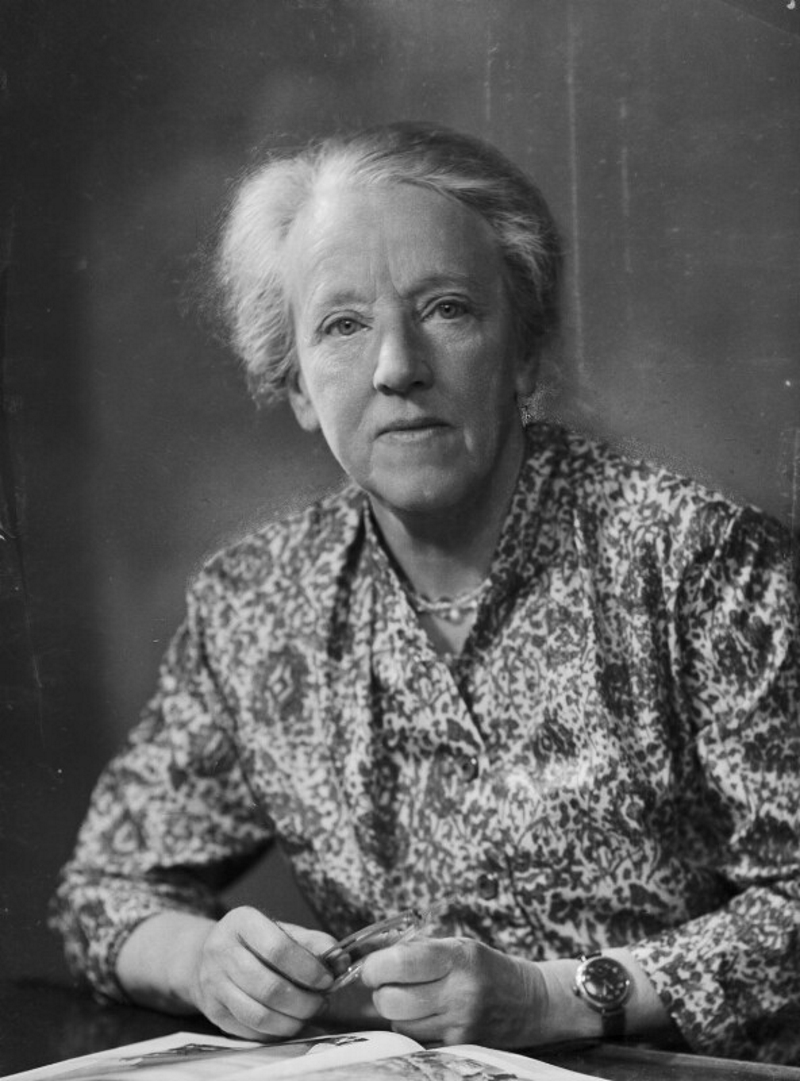 Frances Mary Hamer, by Elliott & Fry, 1960. NPG x181779. ©National Portrait Gallery, Creative Commons Licence.
Frances Mary Hamer, by Elliott & Fry, 1960. NPG x181779. ©National Portrait Gallery, Creative Commons Licence.
During the First World War, Frances Mary Hamer (1894-1980) worked as an undergraduate in a Cambridge research team investigating new photographic chemicals. She went on to become head of the organic chemistry research department at Kodak’s Harrow works, publishing over 70 scientific papers on dyestuffs and related subjects. She was a Council member of the Royal Society of Chemistry and the first woman to be elected to the Council of the Royal Photographic Society. The fact that she missed out on election to the Fellowship of the Royal Society, despite being put forward by some of the country’s most distinguished chemists, was a source of personal disappointment.
Even a Nobel Prize could not guarantee election to the UK’s premier scientific academy. In 1935 Irène Joliot-Curie (1897-1956) had been awarded the Nobel Prize in Chemistry jointly with her husband Frédéric, for discovering how to induce radioactivity in previously stable compounds. Surprisingly, she never joined the Royal Society’s roll of distinguished Foreign Members.
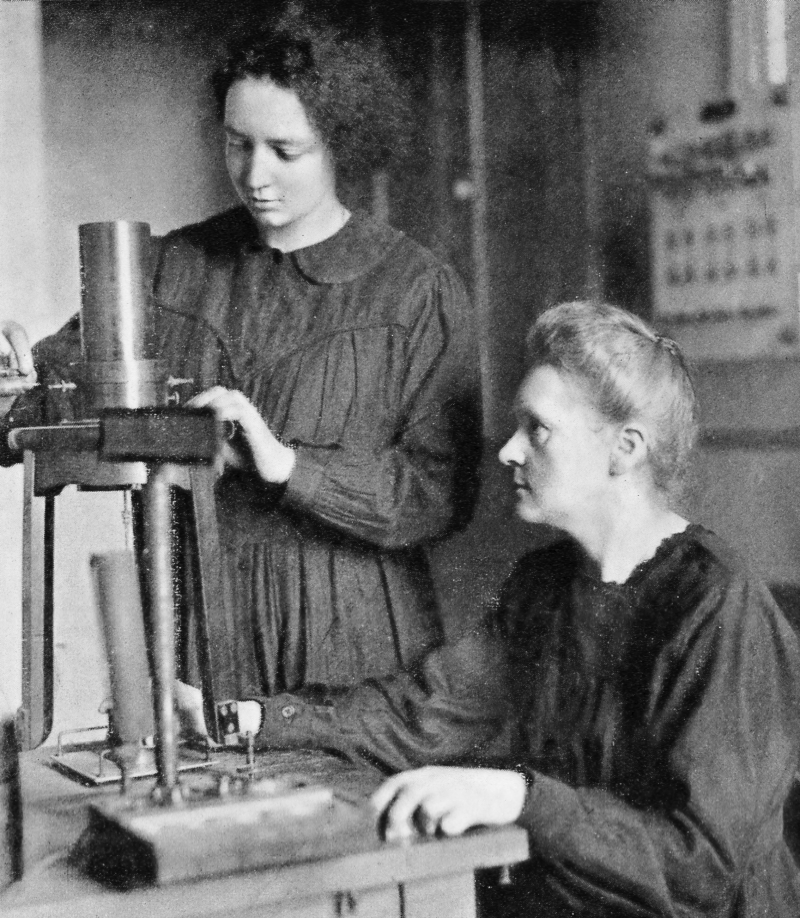 Irène with her mother Marie Curie in 1925. Wikimedia Commons.
Irène with her mother Marie Curie in 1925. Wikimedia Commons.
As we celebrate International Women’s Day 2023, and look towards the 80th anniversary of the election of the first women Fellows of the Royal Society in 2025, let us also applaud the lives and scientific achievements of these other exceptional women. While they may not have been elected FRS, their work nevertheless made a lasting impact on our understanding of the natural world.

